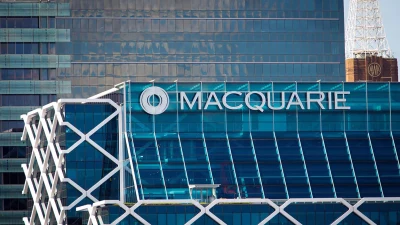Govt needs to address cost to serve and advice cost mismatch



The Government should take note of the figures released in KPMG’s recent research on financial advice that found the average cost to produce advice is around $5,335 but the average adviser charges $3,660.
It is important for Government to understand that the average Australian is unwilling to fork out $3,000 for advice but that advisers are losing, on average, $1,600 when servicing clients simply due to compliance costs. This is not including the likely additional costs the industry will face in the future due to changes to the compensation scheme of last resort, and the increased funding need of the standards authority when it is transferred to the corporate regulator.
This unwillingness to pay these exorbitant fees is especially true for clients simply seeking risk insurance advice. Risk advisers are leaving the industry in troves thanks to decreased commissions, high compliance, and difficulty in writing business.
This has resulted in clients left to spend $3,000 for a single piece of risk advice because they had no choice but to receive holistic advice from advisers whose hands are tied in needing to create an entire statement of advice (SoA) for one product recommendation.
The Financial Services Council’s recent whitepaper’s recommendations are practical in trying to reduce the cost to serve and should be taken seriously along with proposals from other associations.
The corporate regulator recently made a sensible move to extend COVID-19 relief measures allowing advisers to provide a record of advice rather than an SoA to existing clients requiring advice due to the impact of the pandemic.
Relief measures like this one are welcomed but collaboration with the industry needs to be thoughtful and regular.
The Quality of Advice review must not end up becoming a tick box exercise and the outcome of the life insurance framework and future for risk advisers is one that must be considered seriously.
It is already well known that the country is underinsured and this will not improve until the Australians who need this kind of advice are able to afford it.
Recommended for you
In this episode of Relative Return Insider, host Keith Ford and AMP chief economist Shane Oliver unpack the RBA’s decision to keep the cash rate on hold in the face of rising inflation and whether the governor’s hawkish tone is a sign of things to come.
In this episode of Relative Return Insider, host Keith Ford and AMP chief economist Shane Oliver discuss the September quarter GDP figures, which show Australia’s economy regaining momentum.
In this new episode of The Manager Mix, host Laura Dew speaks to Haley Devine, head of wealth management at MaxCap Group, to delve into private credit and commercial real estate.
In this new episode of The Manager Mix, host Laura Dew speaks to Benjamin Leung, head of systematic investments at Macquarie Asset Management, to understand the use of systematic investments.







